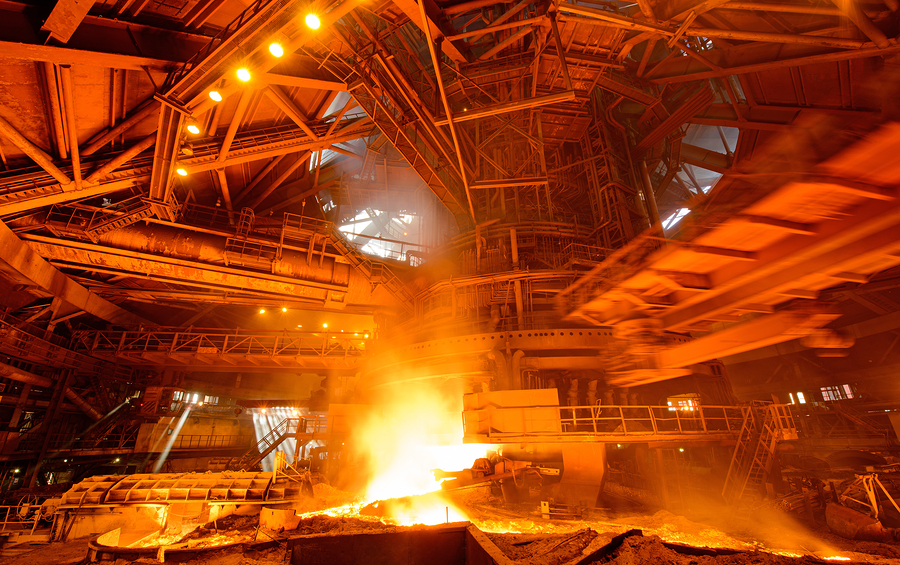Low and Slow – How to Get the Perfect Bakeout
 Remember the last time you did something that you knew you shouldn’t do, but you did it anyway?
Remember the last time you did something that you knew you shouldn’t do, but you did it anyway?
Like having that bacon double-cheeseburger when you were trying to lose weight?
Or buying that 60” flat screen TV on credit when you didn’t have the budget for it?
Human beings are imperfect creatures. From time-to-time we’re all guilty of taking shortcuts or doing something that we know we shouldn’t do. It’s human nature.
And it doesn’t just happen on the weekends or during our free time; we experience this first-hand on job sites — almost on a monthly basis.
One place we see shortcuts taken often is during the bakeout of a new refractory lining.
Bakeout Fundamentals
We all know that a bakeout should use low temperatures, starting at ambient and increasing the temperature by 50°- 110°F per hour on average (depending on the refractory material). The thickness of the new refractory lining and the chemical composition of the material dictate the hours needed to fully bakeout the new lining and the required hold temperatures that are recommended throughout the full refractory bakeout schedule.
A proper bakeout is critical to getting a full life cycle out of the refractory lining and keeping future downtime to a minimum. It’s also important to achieve the physical properties the manufacturer intended.
But in the ultra-competitive world of manufacturing, something almost always gets in the way of a proper bakeout. Sometimes it’s an equipment limitation such as the lack of a fuel source built into or near the equipment, or it’s a control limitation like the burners, or it’s pressure to minimize downtime, or an unwillingness to spend the budget for a professional bakeout with a company that has the proper heat controls.
These pressures are very immediate and very real, so it’s easy to make the decision to cut corners. In fact, we’ve found that when facilities perform the bakeout themselves, the odds of the bakeout plan being followed exactly are virtually zero.
But the issues that might arise from an improper bakeout might be minimal, and almost certainly will be later on down the road, right? Wrong.
Improper Bakeout Consequences
When the reckoning day comes, we often hear people expressing regret that they didn’t do what they knew they should have done during the bakeout.
Their pains of spalled areas in the lining, severe cracking of the refractory due to excessive heat application, or the dreaded refractory “blow-up” scenario are now very real, and are typically not worth the time or money they saved days, months or years earlier.
Most of us know the fundamentals of a proper bakeout. Fundamentals are important; legendary coaches such as John Wooden or Vince Lombardi forced their teams to master the fundamentals because they knew that if their players executed the fundamentals better than their opponents, they’d win championships.
Knowing the right thing to do isn’t usually the hard part. The hard part is making a sacrifice today for a benefit tomorrow.
Next time you’re thinking of cutting corners during your bakeout, take an extra moment to consider the future costs before you make your final decision (and potentially voiding your refractory warranty – manufacturers have the technology and equipment to determine if proper bakeout procedures have been followed).
And talk to us – we’ve got the experience you need to get it done right.
Comments are closed.

